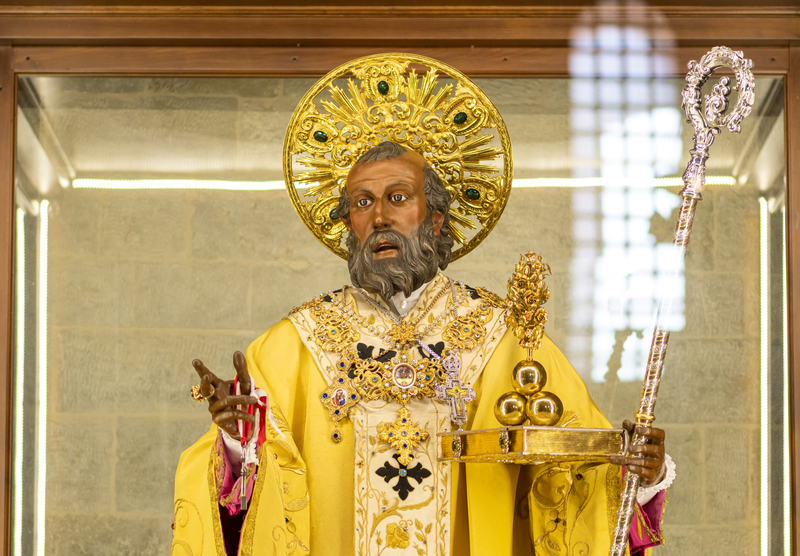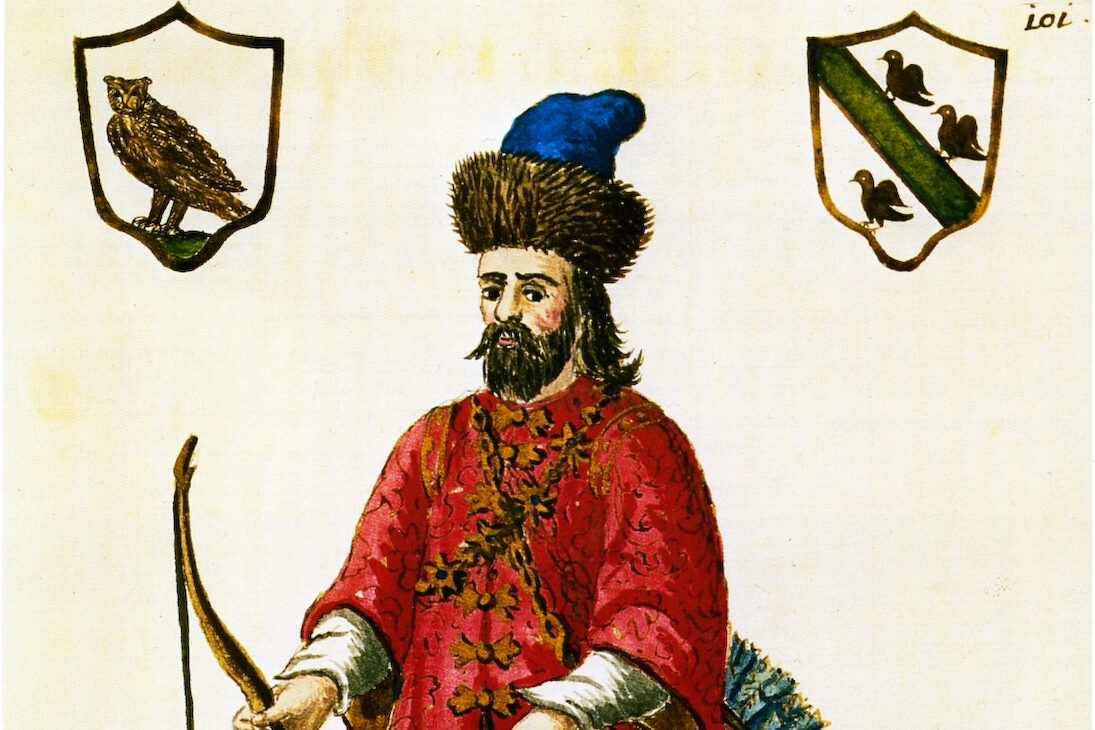Are we ready for the Holiday Season? Every place in Italy has its traditions, delicacies, streets filled with lights, and the reassuring warmth of local folklore embracing the town square. We’re steeped in symbols and busy with decorating and organizing family meals. But our calendar also marks days dedicated to more or less mythical figures: elves and red-nosed reindeers, flying sleds and chubby, present-carrying men who travel around the world to make children happy.
While children have fun opening up their advent calendar’s daily window, and we adults are busy looking for presents online to avoid endless queues and justling between the shelves, here comes Saint Nicholas, on the 6th of December. Saint Nicholas: the “starting point” of Santa Claus.
For the world, he is a jovial man half hidden by a long, white beard that stands out on his bright red clothes. With his big bag filled with presents, he makes Christmastime magical and mysterious for all children. Santa Claus comes from a long-lasting European and Italian tradition that celebrates generosity and the value of giving without expecting anything back. One of the miracles attributed to the Turkish bishop – who’s been Bari’s patron saint since 1087 – is based on such an act of kindness, symbolized in iconography with three gold globes. They represent three, providential bags of money that Nicholas, worshipped by both Catholic and Orthodox Christians, “had forgotten” in the house of three young women of marriageable age and their father, a man who had lost all his fortune and, because of that, could not provide a dowry to his daughters.
The arrival of Saint Nicholas, who carries gifts for all children, is celebrated on the 6th of December in many towns and villages across the Belpaese.
But some among them, like Siracusa, Bergamo and Verona just to name a few, celebrate another day, the 13th of December, when the Catholic Church honors Saint Lucy. Children usually write a letter to her, the saint of light, describing how nice and wise they have been, and hoping all mischief will be forgiven; in it, they add also a long list of things they’d like to receive as a gift, in exchange for their promise to be good in the future. Lucy, or Lucia, was born in Siracusa, Sicily, of which she is the patron saint and she is, just like Nicholas, worshipped by both Catholic and Orthodox Christians. To thank her for her nocturnal visit and presents, children leave out a small bowl with flour for her donkey, and a cup of coffee with some cookies and bread, so that she and her four-legged companion can take a break after a night spent delivering presents.
In between these two festive days, we find another one, which is strictly connected with the Christian idea of Christmas. On the 8th of December, we celebrate the Immaculate Conception, for many the official beginning of Christmastime and the day when we should put up the Christmas tree and the Presepe.
The Presepe is a widespread tradition, that finds in Naples its most beautiful representation and heartfelt popularity. People from the South often travel to Naples on December weekends to enjoy a walk through the noisy and vibrant chaos of Spaccanapoli. Side by side with hundreds of other people, you can stroll along the long and narrow via dei Presepi, where craftsmen create beautiful statuettes, buildings, sheep and daily life scenes, all filled with amazing details that can make our presepe back home more beautiful. There are things to buy everywhere: all you can do is fill your eyes up with it, while the crowds push you on.
But our Presepe in Italy is also vivente, “living.” The atmosphere you breathe, especially when it is set in one of our many medieval hamlets, is enchanting: Christmas carols in the air, the scents of mulled wine, hot chocolate and hay; locals dressed like old-fashioned paupers and farmers to recreate, around the nativity, traditional scenes of pastoral life. In Rome, the statues of the nativity in Piazza San Pietro are life-sized and, surrounded as they are, night and day, by the Colonnato del Bernini, they have an intimate yet very evocative power. Beside them, the Christmas tree, which is donated every year by a different place. This year, it comes from Rosello, in Abruzzo. And the tree – fake, real, covered in snow, stylized, minimal or full of ornaments – is the centerpiece of Italy’s Christmas celebrations. On top, we like to put a comet star to represent the one that shone over Bethlehem on the 25th of December. At the bottom, little by little, presents of all sizes appear instead of roots and make children and adults happy.
Cities are decorated, lights shine in every square; Christmas markets open up everywhere, not only in their most traditional locations in Trentino and Bolzano. Christmas is on its way and, this year like the last, we hope we are all going to be nicer.































